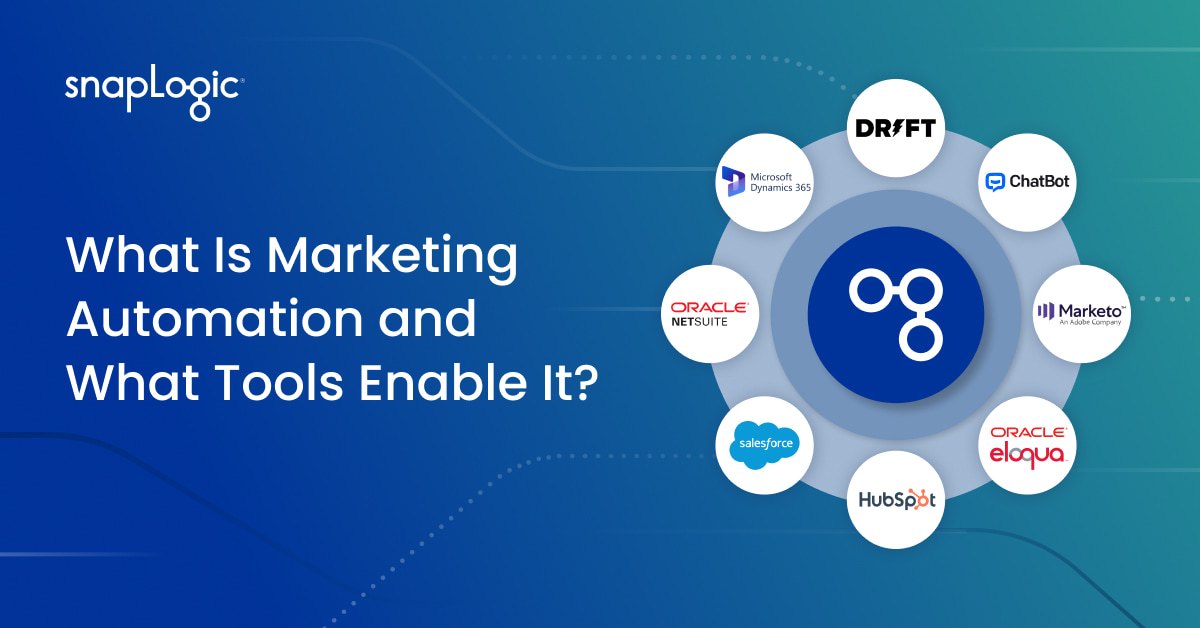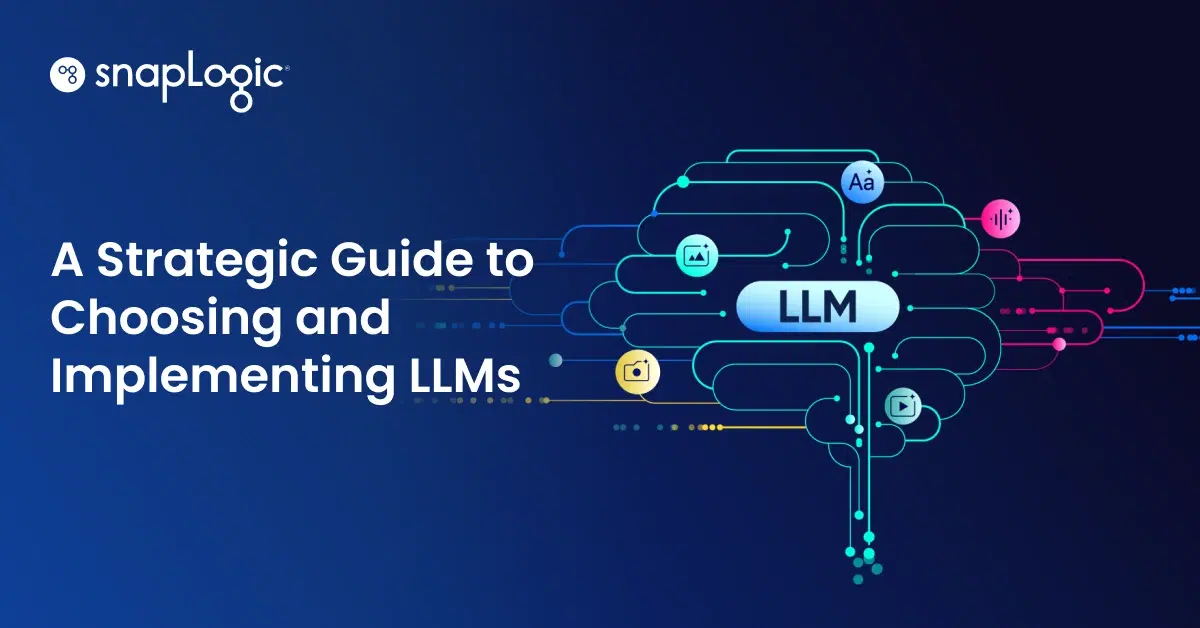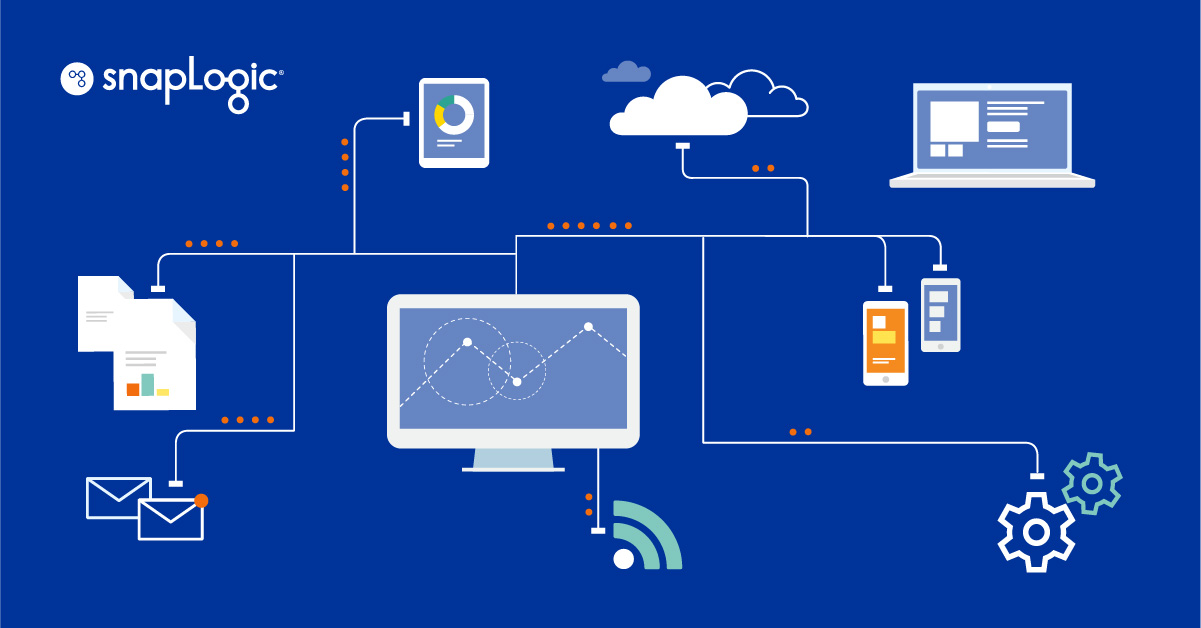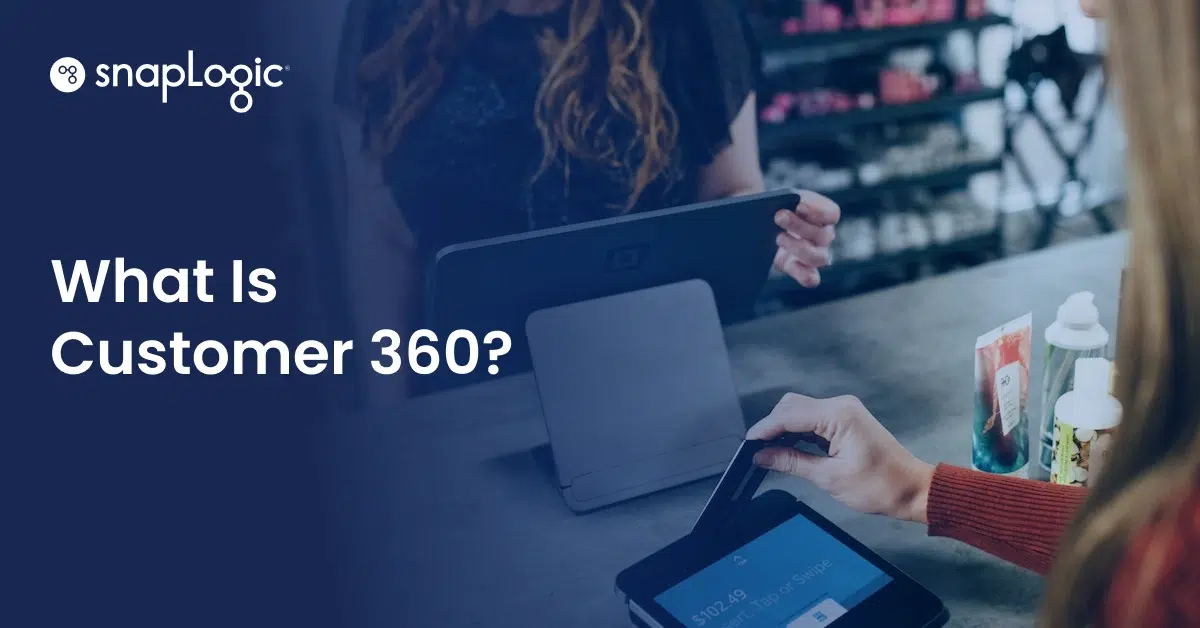You’ll probably find large and small businesses automating at least one marketing task. Demand Spring says 96% of marketers have performed some form of marketing automation. However, there’s hardly a tool that can handle all marketing tasks. Most marketers use multiple tools to achieve their goals. This challenge often results in teams struggling with unifying data across all platforms.
It can be exhausting, challenging, and time-consuming to stay on top of your marketing goals. Marketing teams usually have to tackle tedious, repetitive tasks, like sending emails or running campaigns on several platforms. These tasks often take a lengthy amount of time, and automating them makes your job easier and frees up resources for use in other areas of your business.
To help you understand how marketing automation can be of great value to your business, we’ll discuss its use cases, including some of our favorite marketing tools.
What is marketing automation?
Marketing automation involves using technology to perform and streamline tedious marketing processes to save time and yield better results. It is a collection of technologies to speed up and simplify time-consuming tasks associated with everyday marketing activities. In addition, marketing automation helps you serve your customers better by personalizing their experience throughout your product.
By utilizing technologies, marketing automation removes the need for you to manually connect with customers who express interest in your brand. It also provides an efficient way to send emails to hundreds or thousands of leads. Marketing automation enables you to offer your customers a personalized and great experience even when you are away. As a result, you increase your customers’ trust in your business.
What are the primary purposes of marketing automation?
From creating and updating customer data to following up on emails to responding to messages automatically, no task is too little to automate. Here are a few core tasks where leveraging marketing automation would be beneficial.
Lead capturing
You can automatically capture leads from any digital platform you use. It could be through an ad campaign or email. After capturing a lead, you can sync its information across all your tools with a marketing automation tool like SnapLogic .
Thanks to automation, key information about a lead — such as contact details or where the lead originated from, e.g., a referral from a customer — is at your fingertips.
By handling your tasks, marketing automation saves you time and improves productivity over manually adding this data. And when you quickly capture leads with marketing automation, you can then focus on building relationships with them so that they become customers.
Lead routing
With marketing automation, you can assign or route leads to sales team members as soon as you capture a lead. You can also specify the rules in your automation tool around such assignments. For example, you can assign leads in a particular country to an employee in that country to avoid miscommunication due to barriers in language or culture.
Marketing automation software also speeds up reaction times since it instantly routes and notifies a salesperson through email and chat when a lead is received. The sales team can then reply to requests quickly. You can also keep track of every lead for follow-up.
Lead categorization
Employing marketing automation technologies makes it easy for organizations to classify leads according to how likely they are to become customers or clients.
An example is grouping leads per their source platform, e.g., Facebook. You may do this to analyze which campaigns yielded the highest conversion rates.
Additionally, you can customize how you want the software to categorize leads. For instance, you can have several touchpoints in your customer journey. You can specify that a lead is more likely to become a customer if they have reached a touchpoint, e.g., if they’ve viewed at least two products in your eCommerce store.
Businesses can then generate more focused campaigns based on the actions and qualifications of their leads.
Lead nurturing
You can automatically run marketing campaigns to warm up cold leads and yield sales. In addition, automatically nurturing leads can help you schedule engagement posts and emails across your digital platforms.
With automated nurturing, you can monitor user interaction with your emails, website, and other assets and utilize that information to drip-feed each prospect with the appropriate content at the relevant points in their journey.
Campaign reporting and analytics
Picture running ads on several platforms and having to create reports for each. Doing this might take weeks or months. Marketing tools can generate reports for you automatically, which you can use to make informed decisions.
Some tools take it further by analyzing these reports to find which marketing effort yielded the best results across all platforms. In addition, marketing automation helps you discover and fix weak points in your marketing strategy.
Customer data centralization
With marketing automation, you have an extensive and centralized collection of all of your customer’s data. You can consolidate data through your outreach channel systems and CRM tools. You can also run campaigns upselling from a free trial to a premium plan or cross-selling to buy related products.
With centralized data, you can send engagement posts or promotions to each customer with a button.
What tools enable marketing automation?
Choosing what marketing automation tool you want depends on what task you need to automate and what you want to achieve by automating it. Marketing automation tools help you scale your marketing approach and save time, allowing you to expand more quickly.
Eloqua
Eloqua is a marketing automation tool that assists online business marketers and companies in designing ad campaigns and generating and managing leads.
With Eloqua, you can create email, video, web, and mobile campaigns. Then, the tool automatically sends them at optimal hours when they’re more likely to be opened by potential customers.
Hubspot Marketing Hub
Hubspot helps you manage and publish engaging content automatically in the form of pictures, videos, and posts on your digital platforms. It also tracks ads and manages messages across your social media. Furthermore, Hubspot offers email marketing services, traffic and conversion analytics, and live chats.
Marketo
Marketo is great for businesses that want to identify sales-approved leads, engage them, and accelerate their customer journey. The platform promises a greater understanding of customers, conversions, and revenues with automated and tailored advertisements directed at targeted leads and potential consumers.
How does SnapLogic fit in?
SnapLogic provides a framework for connecting big data and the enterprise cloud. It helps you customize how you want to connect and integrate your marketing tools like the ones above. With SnapLogic’s easy-to-use interface, business marketers can capture, manage, route, and nurture leads across multiple platforms.
SnapLogic helps streamline your workflows so that you can improve your customer experience every step of the journey. It also helps optimize your campaigns by delivering reports and analytics in real-time.
Understand your customer better with marketing automation
Marketing automation can be a game-changer for businesses. When you leverage automation in your marketing efforts, you can view information about any customer at a glance and without much effort. By seeing the data in one place, you can understand your customer better and analyze their behavior to inform product decisions.
Download and read our eBook if you’d like to deep-dive into how you can implement automation in your marketing operations.







